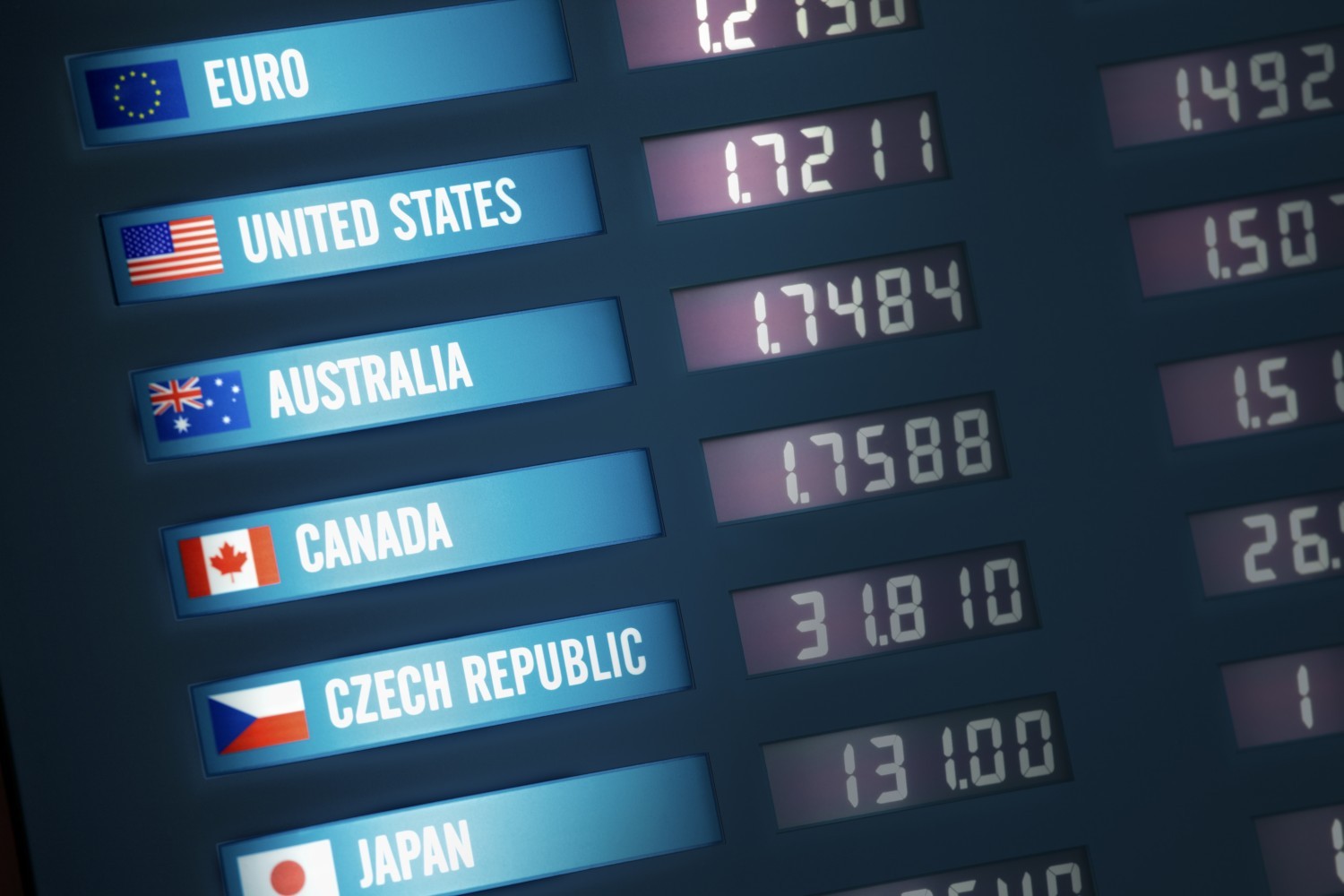
04 Oct My top tips for managing money overseas
Having learned a few good lessons from Reuben’s two big mistakes, I’ve got some great tips for all of you to keep in mind before you travel to another country. The tips below have come from my own research, as well as recommendations sent through from our clients.
Accessing Money
Different countries have varying norms, and as such, it’s important to make sure that you don’t rely on a single source of money for all trips. For instance, countries like Thailand and Bali operate primarily on a cash only basis, whilst you can get away with holding very little cash in the US. With that in mind, I will introduce three main sources of money for your trip, and provide guidance for them:
- Holding cash in Australian or local currency,
- Withdrawing your money using an international travel card, and
- Using a credit card
Holding cash in Australian or local currency
Whilst travelling there are many opportunities to convert your cash to local currency. By the time you’ve arrived at the airport, however, you are too late to take advantage of the best rates. Australian Business Travellers did a quick study several years ago and found that converting at local Travelex kiosks can cost over 5% more than some other options available to you. To put that into context, if you convert $10,000 over the whole trip, it’s costing you an extra $500. The cheapest ways to convert your cash are:
- Travel Money Oz (owned by Flight Centre)
- Travelex Online (paid via BPAY) – buying ahead of time online is much much cheaper than buying at the kiosks. You can even pick up your money from the kiosks after purchasing!
- FX4YOU (American Express)
Unlike cards, cash is accepted everywhere, so I’d always recommend you convert before you go. Make sure to keep your money secure and don’t carry everything with you at all times. Hotels often provide you with safes – so use them!
Withdrawing your money using an international travel card
This option is very useful for two reasons:
- Most Australian transaction and savings accounts have awful international transaction surcharges, and
- You have the ability to lock in your foreign currency and don’t need to carry it all in cash.
In my last overseas trip to the United States, I used the ANZ Travel Card to lock in great rates when they were available. In addition to this, providers give you two cards with different numbers so you always have a backup if you happen to lose one. These options are usually ideal when loading up all your money at once, ANZ charge a 1.1% fee on each reload. A few clients have brought to our attention a similar card offered by Commonwealth Bank. You can load up to six different currencies on the same card, and the card costs $15 to purchase. Because the first foreign exchange is free, it makes sense to buy a whole new card for your next transaction, and avoid paying the 1% fee on future transactions over $1,500.
Using a credit card
There are several benefits and disadvantages of using credit cards for your international holidays:
Advantages:
- Purchases can be paid for in the future (up to 55 days normally) and
- Within certain limits, you can spend more than you currently have
Disadvantages:
- You can’t withdraw cash from a credit card without incurring hefty cash advance fees and interest charges. You can however contribute funds to your credit card account (and maintain a credit balance) which can then be withdrawn in cash without the cash advance fees and charges,
- You can easily overspend, and
- This method of payment is restricted to vendors that accept VISA/Mastercard/AMEX etc.
If you do need a credit card, be smart about it! As far as I’m aware, the best travel-oriented credit card is the 28 Degrees Mastercard (by GE Money). It has no annual fees and zero foreign exchange conversion fees (some providers charge up to 3%) and a maximum 55 day interest free period. As with all credit cards, it is important to pay off the entire balance by the due date to avoid the exorbitant interest rates which can be over 20%.


